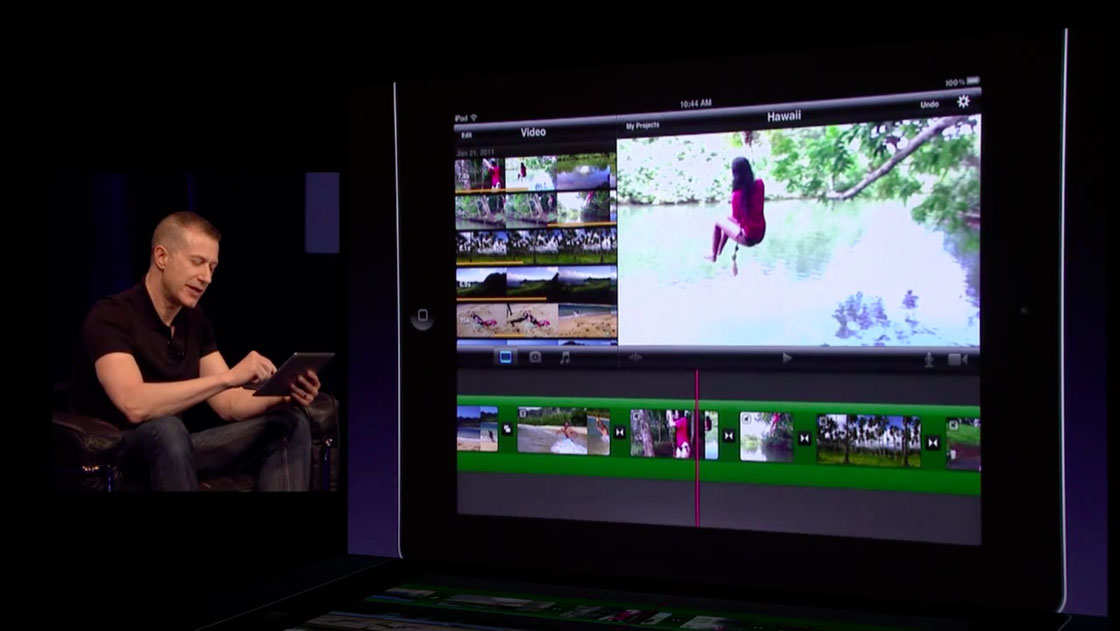Randy Ubillos, who created the first three versions of Adobe Premiere — the first popular digital video editing application — and whom Apple hired away from Macromedia to lead Final Cut Pro development, announced on Twitter this morning that he’s ready to jettison from the mothership.
He was Apple’s Chief Architect of all Photo and Video Applications across the company. He lead Aperture and Final Cut Pro development and was instrumental in bringing iMovie and iPhoto to the iPhone and iPad.
“After an amazing 20 years working on Apple products, today is my last day,” the tweet reads. “I look forward to retirement and the adventures ahead,” he added. His departure comes just 24 hours after Apple’s senior PR director Natatlie Kerris announced, also on Twitter, her retirement to spend more time with her family.
His departure isn’t surprising given Apple’s renewed focus on consumer photo and video applications at the expense of professional users. While Apple would surely beg to differ, there’s no denying that Final Cut Pro X is more of a prosumer than a pro application.
Image courtesy of EOSHD.
Moreover, Apple recently streamlined its photo-management offering across platforms with the all-new Photos application, now available across iPhones, iPads and iPod touches running iOS 8.3, Macs running OS X Yosemite 10.10.3 and through the web interface at iCloud.com.
The Photos application replaces iPhoto and Aperture for OS X. iPhoto for iOS devices is no longer available on the App Store. The fate of iMovie for iOS and OS X remains unclear at this point.
After helping create Adobe Premiere and before version 5 was released, Ubillos’ group was hired by Macromedia to create KeyGrip, a brand new desktop video editing application built from the ground up and based on Apple’s QuickTime media framework.
Key Grip took the original Premiere’s vertical (compositing) and horizontal (storytelling) editing further with such professional features as keyframes, blend modes and keying.
Because KeyGrip used certain technologies from Microsoft licensed to Truevision and then to Macromedia, the company couldn’t release Key Grip without running into licensing issues as the terms of the licensing deal prevented the IP to be used in conjunction with QuickTime.
Check out Randy’s unforgettable demo of iMovie for iPhone 4 at WWDC 2010.
Apple purchased the Key Grip team in 1998 as a defensive move after Macromedia showed off the app privately under the new Final Cut moniker at the National Association of Broadcasters exposition.
It’s interesting that Apple originally sought to sell the team because it couldn’t figure out what to do with Key Grip. But because the firm couldn’t find a buyer at the time, they continued development work and formally introduced Final Cut Pro with FireWire and DV support at NAB in 1999.
And the rest, as they say, is history.
Source: Twitter


